By Sarah Bush

Bad news about women’s rights in Afghanistan — as if we needed any more of it — arrived this summer. The lower house of parliament passed a draft law eliminating quotas that set aside 25 percent of the seats in the country’s provincial and district councils for women. Although the upper house of parliament has not approved the changes, conversation about which protections for women’s representation the new electoral law should contain remains ongoing amidst other troubling conversations about gender issues.
Gender quotas were among the most-vaunted aspects of the constitution that Afghanistan adopted in January 2004 in the wake of the United States’ invasion. Despite gender quotas’ popularity as a policy tool, quotas’ impacts — especially the impacts of externally-supported quotas such as Afghanistan’s — are a topic of hot debate. Some developing countries with poor records on women’s rights have adopted quotas as a form of democratic window dressing for their otherwise illiberal politics, and without great results for either for women or democracy. One fascinating new paper that presents the results of a field experiment in Afghanistan finds that quotas associated with recent community-development programs there have successfully promoted women’s participation in civic and political life, but they have not caused general attitudes about women to become more egalitarian. Drawing on other research, the authors hypothesize that such attitudes may only change over the longer term.
But will quotas in Afghanistan be around for the longer term? When answering that question, it is important to recognize that Afghanistan’s quota resulted from heavy pressure and encouragement from the international community. In that way, Afghanistan’s constitutional process was like that of many other post-conflict countries in the twenty-first century that have experienced democratizing peace operations. International democracy promoters today typically view quotas as an appropriate and necessary strategy for guaranteeing women’s representation as a component of democratization and peace building.
If quotas are adopted at least in part due to international pressure — whether because of constitutional advisors that are in the country as part of a UN effort or because of politicians’ short-term calculations about how to impress aid donors and enhance their international reputations — they may not be around long enough to bring about the social changes desired by supporters of women’s rights. The phenomenon of quota reversal is not, after all, unique to Afghanistan. Not long before President Hosni Mubarak’s ouster, Egypt introduced a quota for women in parliament — a reform that was quickly viewed as an outdated trapping of the old, unfair regime and rejected.
Although quotas are hardly a panacea for overcoming gender inequalities in politics, without continued international encouragement and pressure, political leaders in the developing world may not keep quotas in place. For the time being, outside political actors are keeping an eye on the legal status of women in Afghanistan. After the lower house passed the draft electoral law, US Senator Bob Casey issued a statement. Speaking about the reserved seats for women in the constitution, he said, “In a recent draft of a new electoral law, these protections were removed by eliminating the quotas that ensure women are represented in national and local government. This move dangerously undermines the gains made by women in the political arena in the past decade.” Meanwhile, a State Department spokesperson commented, “We urge the Afghan Government to uphold the rights previously granted to women in an effort to protect their political participation.”
But for how long will external players decide to keep the pressure about women’s representation on in Afghanistan and elsewhere? And will local political actors continue to be responsive to that pressure? The jury is still out.

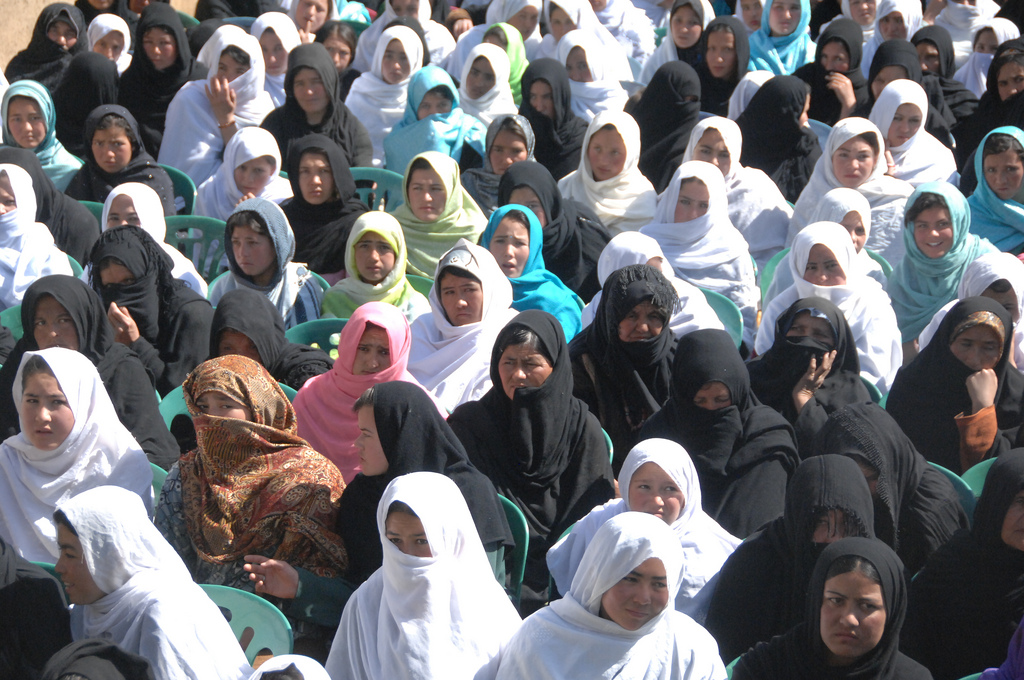

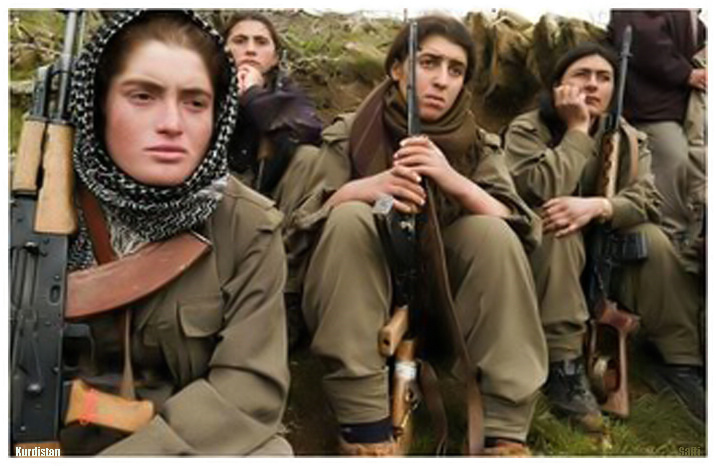
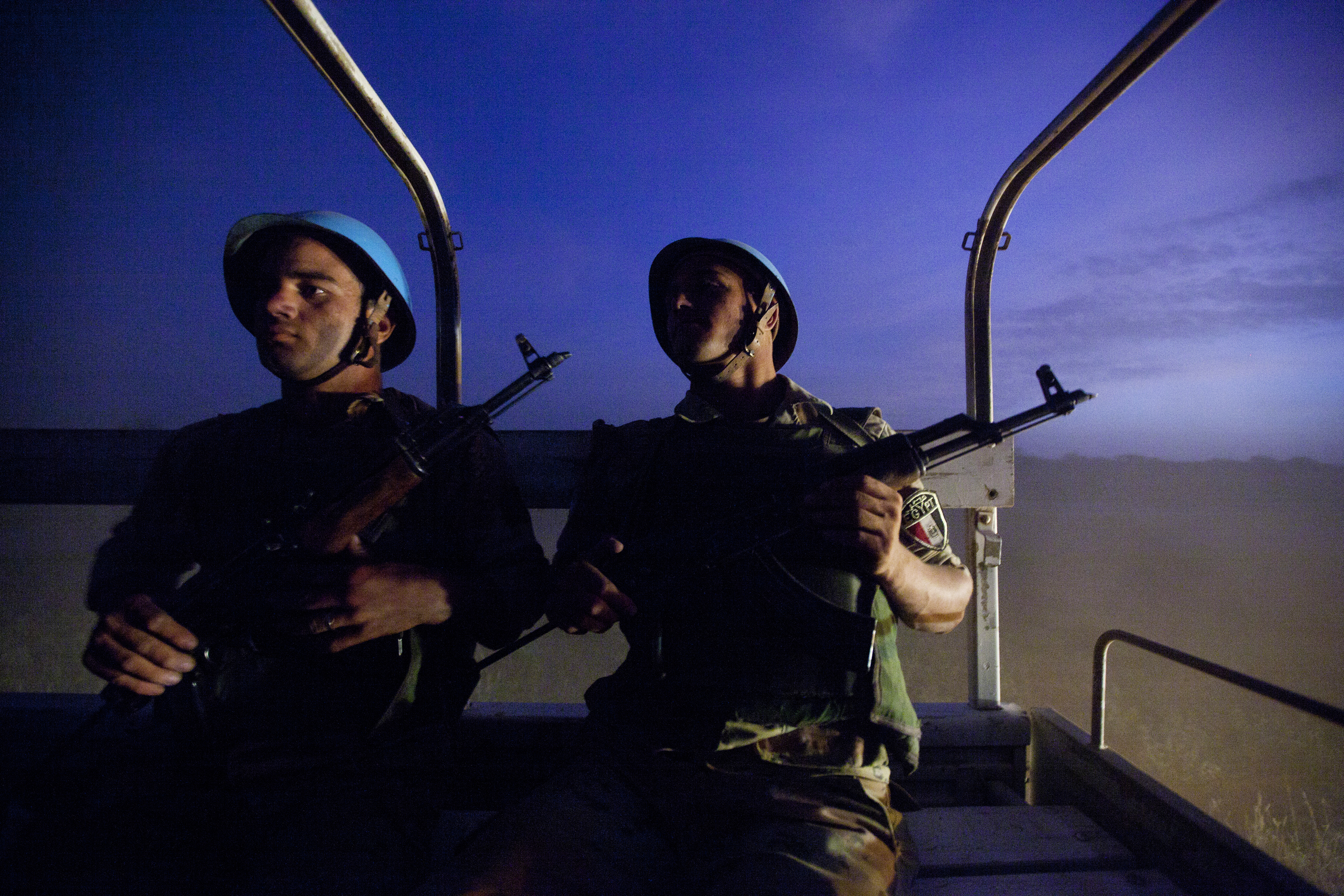
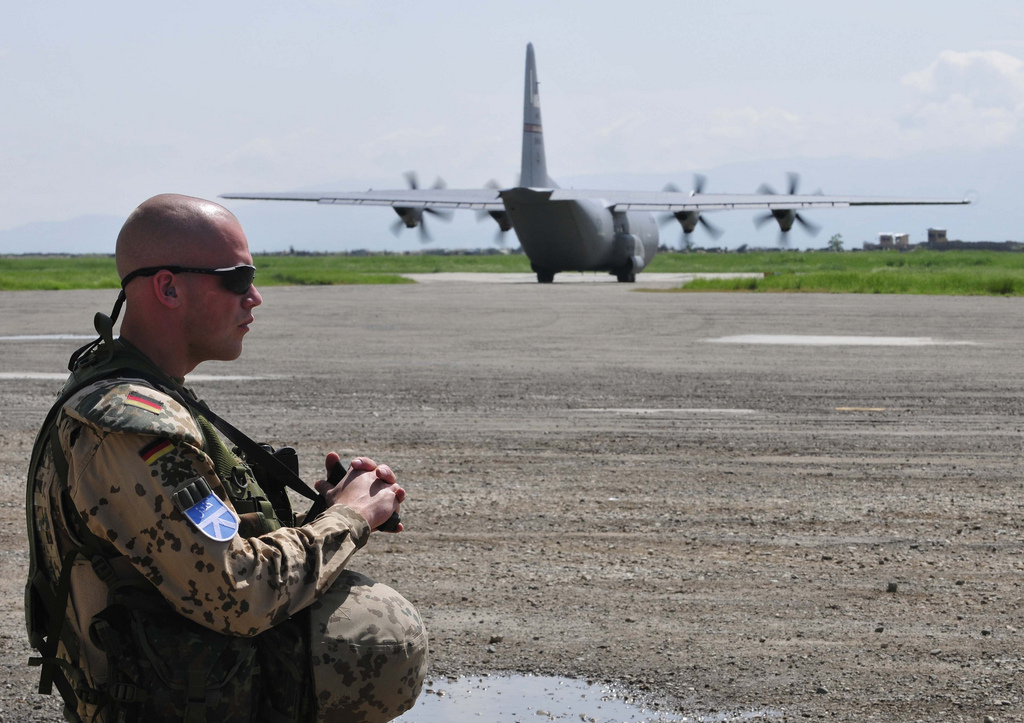
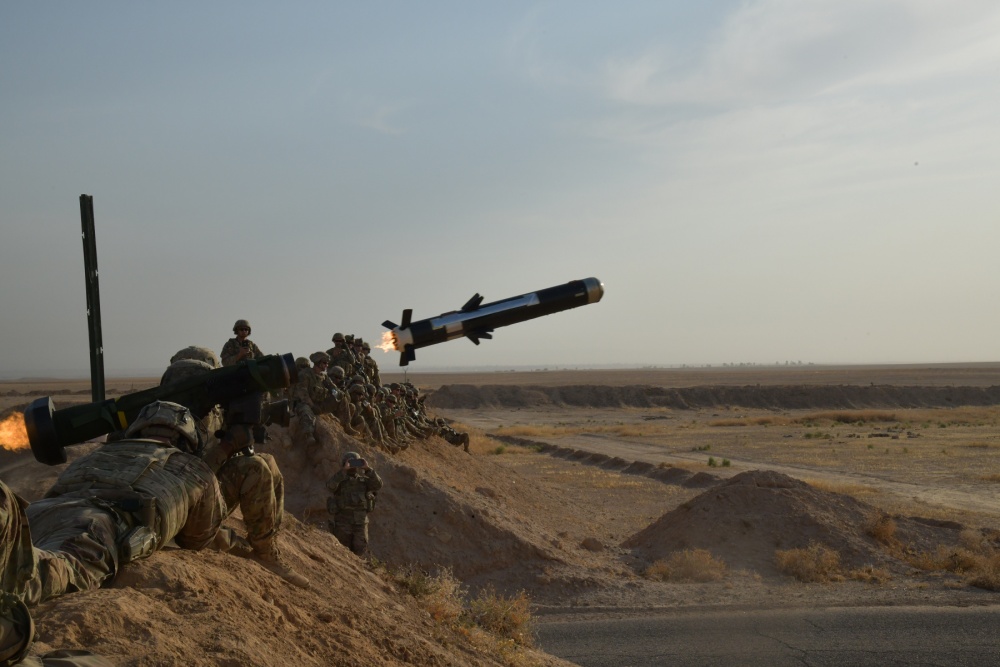
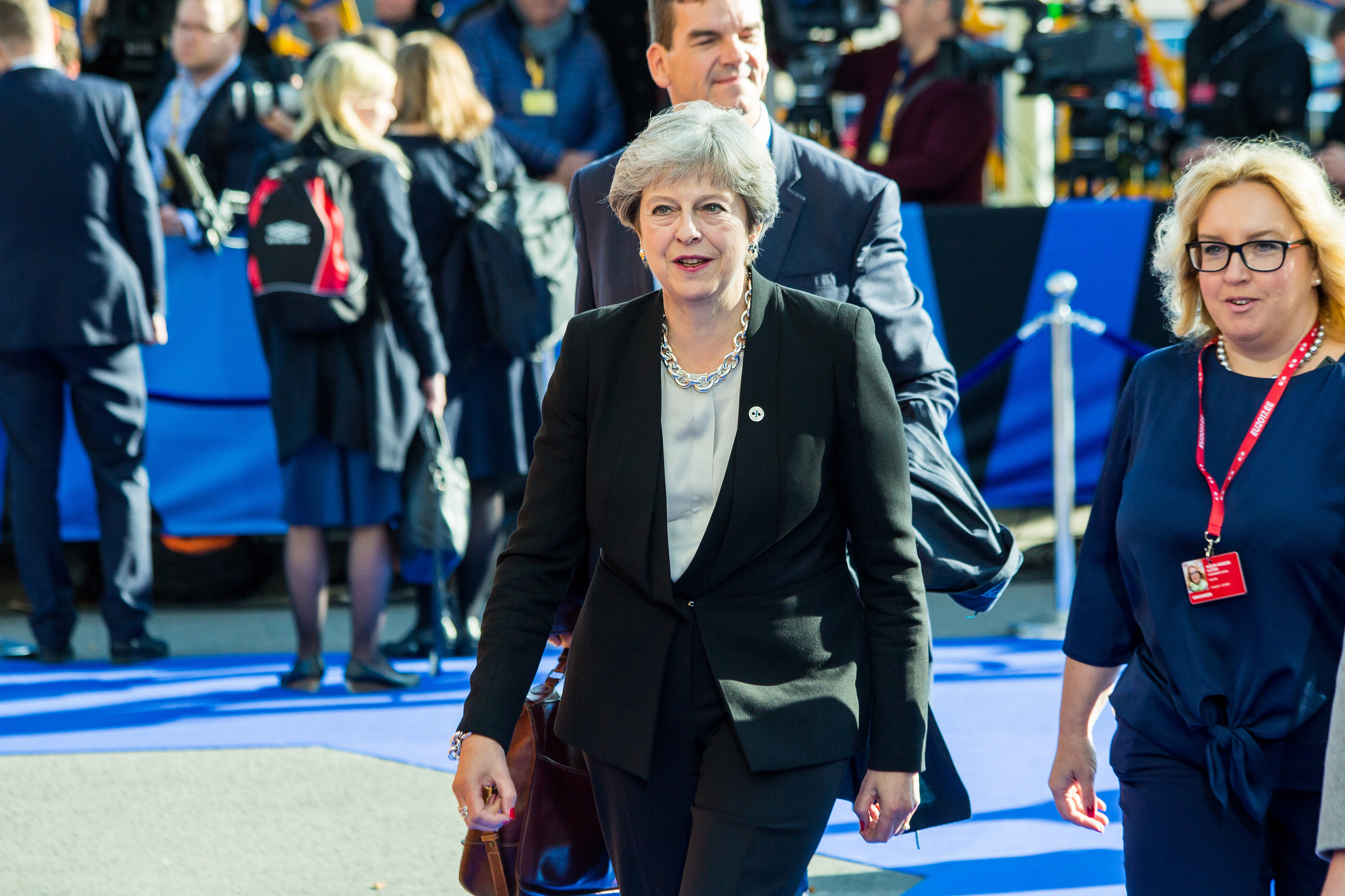
2 comments